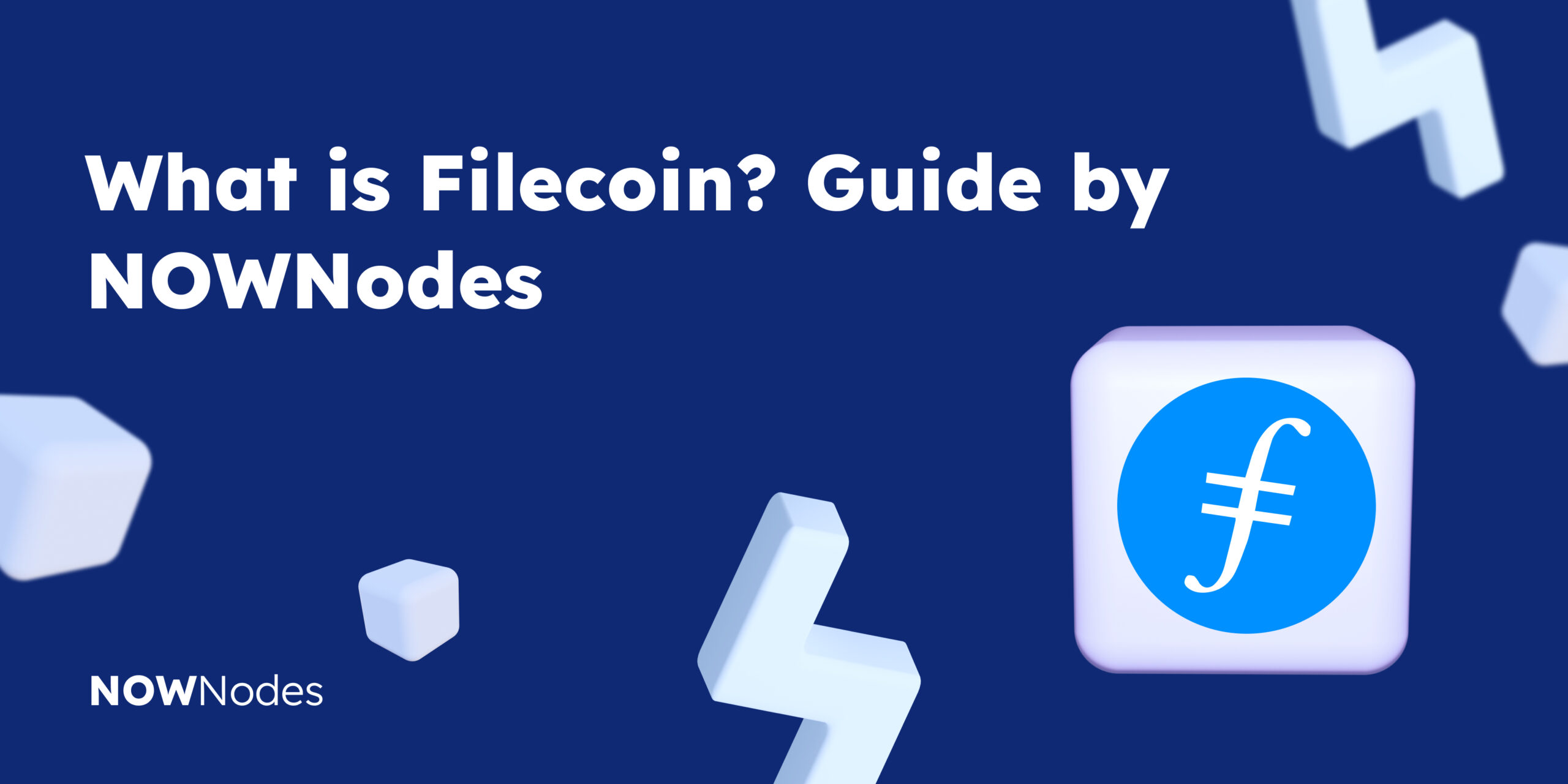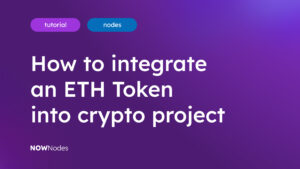Filecoin, a sub-organization of Protocol Labs, was founded in 2014. The company is headquartered in Palo Alto, California, United States. Founded by Juan Benet, Filecoin serves both as a data-storage network as well as a bitcoin-based electronic currency. Since its launch, Filecoin has been backed by 24 investors.
Filecoin’s ICO was one of the most discussed events in the crypto world in 2017. The sales closed in September 2017. It took Filecoin a little over three years to go live. The tokens began their distribution on October 19, 2020.
Vision of Filecoin
Filecoin aims to build a decentralized storage system that preserves humanity’s most important information. The project grew out of the InterPlanetary File System (IPFS) and provides an alternative to centralized storage providers. It ensures data privacy, protects against censorship, and gives users full control over their information.
Project Description
Filecoin operates as a peer-to-peer blockchain network that incentivizes reliable file storage. Users pay storage providers (miners) in FIL tokens to store and retrieve data. In other words, the network uses cryptographic proofs to ensure miners store the data correctly. An open market sets the pricing, which encourages competition and fair rates.
The Advantage of Filecoin for the Storage Providers
The storage provider on the Filechain network can be individuals or organizations. These people and organizations bear the responsibility of running the miners. In exchange, they earn FIL tokens.
A miner is nothing but an interconnected computer. The computer must have spare disk space or a dedicated system with volumes of storage available. These storages are built specifically for Filecoin.
To sum up, users benefit from increased bargaining power, selecting storage providers based on cost, redundancy, and speed. The decentralized nature eliminates the need for separate APIs for each provider, simplifying interactions and enhancing flexibility.
How Does Filecoin Work?
Peers communicate over secure channels to distribute information and discover others. Filecoin clients (nodes) sync and validate messages in each block, managing FIL wallets. Miners execute storage and retrieval deals, appending new blocks approximately every 30 seconds. Running a miner requires robust hardware, including an 8+ core CPU, 128 GB RAM, and a powerful GPU.
Filecoin Tokenomics
As of March 2025, Filecoin has a circulating supply of approximately 644 million FIL, with a total supply nearing 1.95 billion FIL. The network employs a dual minting model: Baseline Minting, which releases tokens based on network performance, and Simple Minting, which releases tokens over time
The Recent Launch
Fast Finality (F3): Implemented in Q1 2025, F3 significantly reduced transaction finality times from 7.5 hours to mere minutes, enhancing user experience and enabling low-latency applications.
Filecoin Web Services (FWS): Introduced as a concept in 2024, FWS aims to expand Filecoin’s capabilities beyond storage, offering a marketplace for blockchain-based cloud services. It includes features like Programmatic SLAs and Verifiable Proofs, with a projected launch in Q1 2025.
Proof of Data Possession (PDP): Scheduled for Q1 2025, PDP is a new proof mechanism designed for “hot data,” enabling rapid data onboarding and retrieval without the need for sealing and unsealing processes
Summary
In conclusion, Filecoin continues to evolve as a leading decentralized storage network, expanding its services and ecosystem through technological advancements and strategic partnerships. With ongoing developments like F3, FWS, and PDP, Filecoin is poised to play a central role in the future of decentralized data storage and infrastructure.



